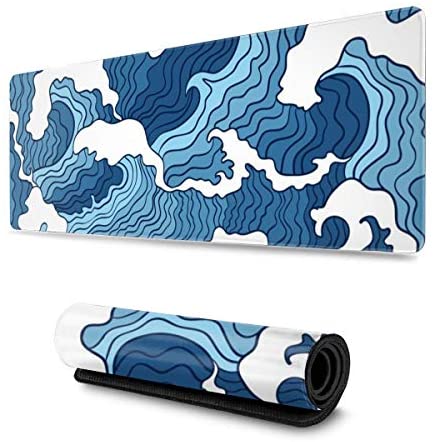Scientists from Cranfield University in the UK are developing a kind of underwater wing for ships that could help decarbonise a sector responsible for more emissions than air travel.
Known as wave devouring propulsion technology, it is essentially a flapping foil system installed at the bottom of a ship’s hull that helps propel it along. Inspired by the tail fin of a whale, the system harnesses the kinetic energy of the waves to achieve propulsion without fuel.
As the wing flows through the water, it automatically flaps up and down generating thrust — much like when a bird glides through the air or a fish cruises through the water.
Just like a fish or a bird, however, the system won’t work unless there is an engine to provide initial power. But once a ship is cruising, the foils reduce the overall effort needed to push the boat forward.

The <3 of EU tech
The latest rumblings from the EU tech scene, a story from our wise ol’ founder Boris, and some questionable AI art. It’s free, every week, in your inbox. Sign up now!
This graphic from Norwegian startup Wavefoil illustrates the basic concept:
Lab-scale test models of the wave-devouring propulsion system at Cranfield’s ocean laboratory found it could reduce the fuel use of ships by up to 15%. While that might not sound all that much, it is a relatively simple technology that could be retrofitted onto existing vessels. In combination with the plethora of other technologies being developed to decarbonise shipping — like giant windwings or solar sails — the foils could help set the global shipping industry on course for net zero emissions.
The concept of using flapping foils to generate thrust from flowing water was discovered and demonstrated by German researchers over a century ago. But for a long time, the process simply wasn’t well understood enough to scale on a practical level, and the urgency to cut fuel use wasn’t as great as it is today.
Over the last few years, however, there have been a few attempts to commercialise wave devouring propulsion and bring it to market. Two companies, Wavefoil from Norway and Liquid Robotics from the US, have shown the most promise.
Wavefoil made headlines in 2019 when it installed retractable bow foils on a ship for the first time in history. The giant fibreglass foils are designed to fold up into the ship’s hull when not in use, the first technology of its kind to do so. This means the foils can be retracted during heavy storms (they can withstand wave heights up to 6m, not more) and when docking.
By harnessing the up and down motion of the waves, the foils help save fuel but they also increase comfort in rough seas, said their creators. Having raised €5mn so far (the latest round being a grant in 2022 from Innovation Norway), Wavefoil has installed its technology on several ships since its founding.

While Wavefoil is tackling bigger ships like ferries, Liquid Robotics has developed an autonomous surface vehicle called Waveglider. Fitted with solar panels and a wave propulsion system, the ocean-going robot can spend up to a year at sea collecting data for research and defence applications without any human intervention. The company was acquired by Boeing in 2016 and is currently valued at around $200mn, according to Dealroom data.
While still a nascent field, these two companies have shown that wave-devouring technology has the potential to offer a surprisingly simple solution to cutting the energy consumption of ships great and small. Back at Cranfield, lead researcher Dr Liang Yang envisions the technology will be used for all kinds of maritime applications in the future — from waste-collecting robots to giant cargo ships.
Check out this video to nerd-out on Wavefoil’s technology:


